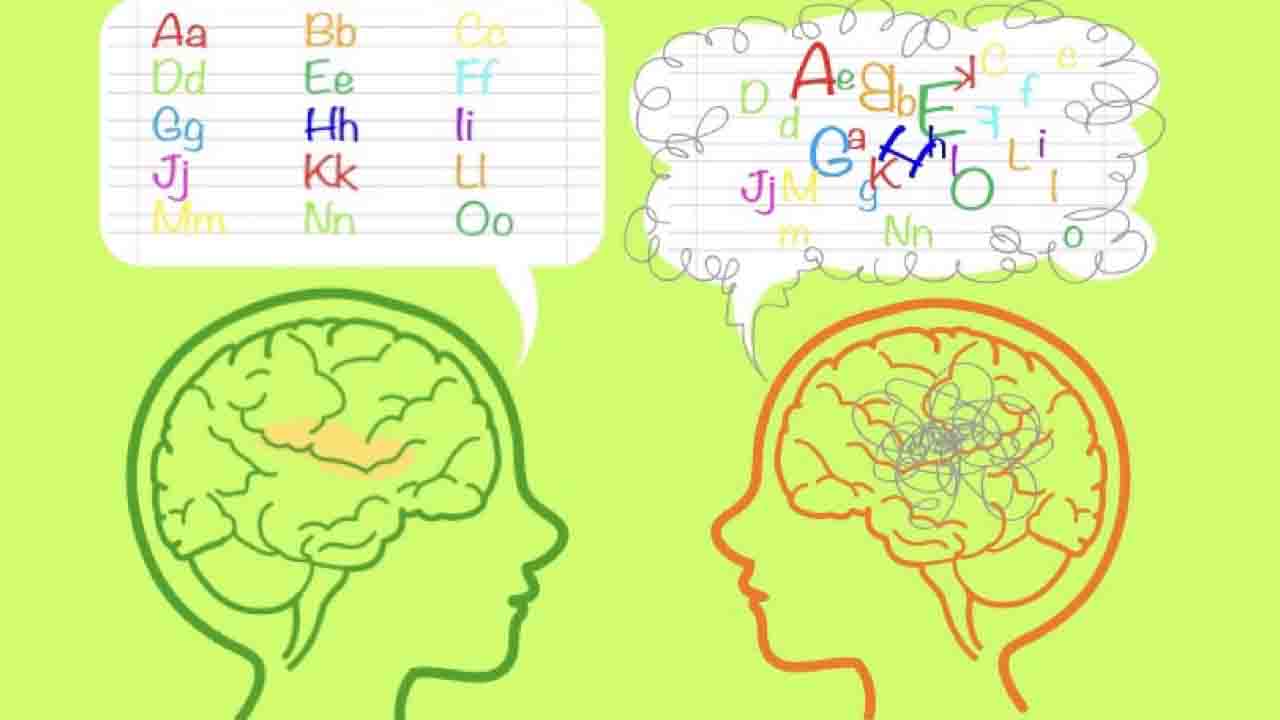There are also steps that dyslexic students and their families can take to help them succeed in education. This includes seeking a diagnosis from a qualified professional, advocating for support and accommodations in school, and finding resources and strategies that work for them.
One of the most important things that dyslexic students and their families can do is to understand and embrace their differences. Dyslexia is not a “disability” or a “deficit”. It is a difference in learning style that can bring strengths and unique perspectives.
There are many successful dyslexic individuals who have made significant contributions in their fields. This includes entrepreneurs, scientists, artists, and writers. Dyslexia should be seen as a difference that can bring diversity and innovation to society.
Dyslexia is a learning disorder that affects a child’s ability to read, write, and spell. This can be a frustrating and discouraging experience for both the child and their parents. However, there are many ways to help kids with dyslexia thrive in their learning environments. Here are some effective strategies that can help:
Early detection: Early identification and intervention can make a significant difference in a child’s ability to cope with dyslexia. It is essential to look out for warning signs, such as difficulty with letter recognition, struggles with phonics, or poor reading comprehension, and seek professional help as soon as possible.
Multisensory learning: Dyslexic children often learn best through multisensory approaches that combine visual, auditory, and kinesthetic learning. This could involve using colored overlays or fonts, teaching through songs or rhymes, or using tactile materials such as sandpaper letters to help with letter recognition.
Assistive technology: Assistive technology, such as text-to-speech software, can be a helpful tool for dyslexic children. This allows them to listen to texts rather than struggling with reading and can improve their overall comprehension.
Encourage reading for pleasure: Encouraging reading for pleasure can help dyslexic children develop their reading skills and boost their confidence. Providing access to audiobooks and graphic novels, which can be less intimidating than traditional text-based books, can be a great way to encourage reading.
Positive reinforcement: Dyslexic children may struggle with self-esteem and confidence, especially if they feel that they are falling behind their peers. Offering regular positive reinforcement and praise for their efforts can help build their confidence and motivate them to keep trying.
Individualized education plan (IEP): An IEP is a legal document that outlines the specific educational needs of a child with dyslexia and the support they require. This can be a helpful tool for ensuring that the child receives the necessary accommodations and support to succeed academically.
In conclusion, the education system is failing dyslexic students. Dyslexia is often misunderstood and not properly supported, leading to academic underachievement and negative impacts on self-esteem and mental health. The education system needs to do more to support dyslexic students, including developing inclusive teaching methods and providing support for teachers to identify and support dyslexic students. Dyslexic students and their families can also take steps to help them succeed in education, including seeking a diagnosis, advocating for support and embracing their differences. Dyslexia should be seen as a difference that can bring diversity and innovation to society.

















